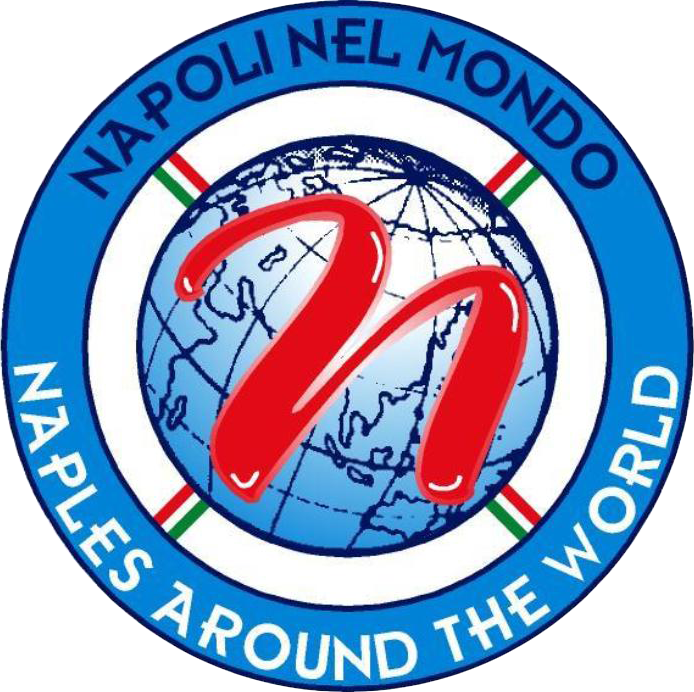
Parco archeologico della Neapolis
Dal greco “città nuova” nasce il Parco Archeologico della Neapolis. Esso ospita la maggior parte dei monumenti classici della Siracusa greca e romana. Realizzato, con i fondi della Cassa per il Mezzogiorno tra il 1952 ed il 1955, riunisce in un unico ed organico complesso i maggiori monumenti di quell’antico quartiere. Tale parco ha un’estensione di 240.000 mq e prima dalla sua costruzione i monumenti si trovavano in un contesto molto frazionato di proprietà private. All’ingresso del parco troviamo la “Basilica di S. Nicolò dei Cordari”, risalente al XI secolo d.c. tutt’oggi in uso da un’agenzia turistica.
Il più maestoso monumento sito nel parco è l’”Anfiteatro Romano”, appartenente al II-IV secolo d.c. Ad ovest dell’Anfiteatro incontriamo l’”Ara di Ierone II” , del III secolo a.c., che rappresenta la terza grande opera monumentale che ci è pervenuta dell’antico quartiere della Neapolis.Proseguendo si ha, sulla destra, nelle immediate vicinanze del “Teatro Greco” (V secolo a.c.) le “Latomie”, tra cui la più interessante è la “Latomia del Paradiso”, attraverso cui si giunge alla più famosa delle grotte di questo parco: quella detta “Orecchio di Dionigi”, che costituisce la maggiore attrazione, assieme al teatro greco, per i turisti che visitano Siracusa. Al di fuori dei confini del Parco Archeologico, a Sud vi è un Teatro Arcaico scavato nella roccia con cavea rettilinea anziché curva, detto “Teatro Lineare”. Per una maggiore completezza bisogna evidenziare le opere di esplorazione, eseguite negli anni ’50, riguardanti soprattutto il “Santuario di Apollo Temenite”.Proprio all’incrocio tra viale Teracati e via Romagnoli, visibile dall’esterno, vi è la “Necropoli Grotticelle”, con le sue numerose tombe scavate nella roccia, tra cui quella detta “Tomba di Archimede”. Il parco può essere visitato tutti i giorni.
From the Greek “new city” is born the Archaeological Park of the Neapolis. It accommodates the greater part of monuments classics of the Greek and roman Siracusa. Realized between 1952 and 1955, it re-unites in an only and organic complex greater monuments of that ancient quarter. Such park has an extension of 240.000 mq and before from its construction the monuments found in a property context much aliquot private. At the entry of the park finds the “Basilica of S. Nicolò of the Cordari”, going back today to XI the century A.C. . The most majestic monument situated in park is “Anfiteatro Roman “, pertaining to II-IV century A.C. To the west of Amphitheater we meet the “Ara of Ierone II “, of III century B.C., that represents the third great monumental work that has reached to us from the ancient quarter of the Neapolis. Continuing on the right, in the immediate vicinities of the “Greek Theatre” (V century B.C.) the “Latomie”, which the more interesting it is the “Latomia of the Paradise”, through which we can reach to the most famous of the caves of this park: that one said “Ear of Dionigi”, that it constitutes the greater attraction, together with the Greek theatre, for the tourists who visit Siracusa. To outside of the borders of the Archaeological Park, to South there is an Archaic Theatre dug in the cliff with rectilinear cavea rather than curve, saying “Linear Theatre”. For a greater thoroughness it must evidence the exploration works, executed in years ‘ 50, regarding above all the “Sanctuary of Apollo Temenite”. At the crossing between Teracati and via of Romagnoli, visible from the outside, there is the” Necropoli Grotticelle “, with its numerous tombs dug in the cliff, between which that one said “Tomba di Archimedes”. The park can every day be visited.
Parco Archeologico Neapolis
Siracusa
96100
Italia








